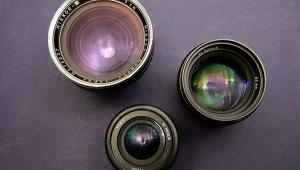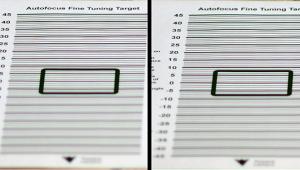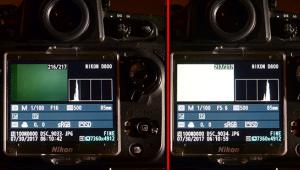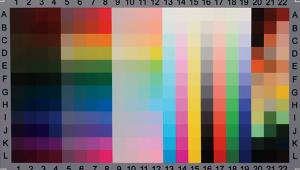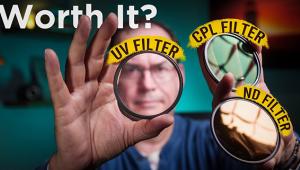What Are Electronic Shutters in Digital Cameras & Why They Are Important to the Future of Photography
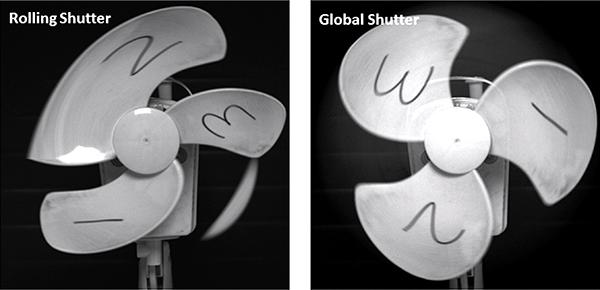
It won’t surprise you, although it could make you uneasy. Most photos today aren’t shot with a camera—at least if you define “camera” as hardware solely used to record images. You know: something with a tripod socket.
No, of the more than a trillion photos taken this year, roughly nine out of 10 are made with a phone.
Unlike highly evolved mechanical shutters—the spring-loaded clockwork you’ve been using since you were knee-high to a bonsai tree—your cell phone camera is as silent as the dead. Its shutter is totally electronic.
How does it manage that, and why doesn’t your expensive DSLR have such a shutter? After all, mechanical shutters wear out—usually after a few hundred thousand shots. That may sound adequate, but not if you make thousands of pix a week as some pros do.
So here’s the deal: In film days, shutters were an obvious necessity. But today’s digital cameras have a sensor that can be used over and over. So why not just electronically turn it on, and then a fraction of a second later turn it off?
You can. But there are limitations. Consider the workings of a typical CMOS sensor, the type that is currently in vogue. Incoming light hits a pixel and frees an electron from a silicon atom. This interaction is known as the photoelectric effect, and in 1921 Albert Einstein bagged a Nobel Prize for explaining it.
The more light that hits a pixel, the more electrons. These are tallied up during exposure, and converted to a voltage that is simply proportional to the amount of light illuminating the pixel. This situation is somewhat analogous to having a few million buckets arranged in rows and columns in your backyard, collecting raindrops.
To measure this metaphoric rain, you empty all the buckets on your sensor, expose them to the sky, and then see how much water each has collected.
In a CMOS sensor, this is done row by row. An electric signal empties a row, and its pixels (“buckets”) are then left alone to collect light during exposure—after which they’re read out one by one.
Now here’s the tricky part. Electronics are fast, but not infinitely fast. To read out a row might take eight microseconds. If there are 2,500 rows (typical for cell phone cameras), then reading out all of them requires 1/50 second. That’s not the exposure time, which is determined by how long you allow each row to collect light before reading it out. Exposure time can be just about anything you want. No, 1/50 second is the total readout time for all the rows, and it throws a monkey wrench into the proceedings.
Consider: You expose the first row of the sensor, then you spend eight microseconds reading it out. That would mean the second row has eight microseconds additional exposure before you get around to reading it out. No big deal, but the next row has 16 microseconds extra, the following row 24 microseconds…and the last row is overexposed by a non-negligible 1/50 second.
So in practice each row is cleared (initializing exposure) eight microseconds after the row before it. The image is built up by a “rolling shutter” in which the last row is cleared and begins its exposure 1/50 second after the first row. For moving objects, this delay between top and bottom can produce weird effects. Check out the image of the fan above.
Rolling shutter distortions are acceptable for video and cell phone selfies. But not for a high-end DSLR. So these use a mechanical shutter and clear all the rows at once. Every pixel is exposed simultaneously, or at least as simultaneously as that mechanical shutter will allow.
But here’s good news. CMOS sensors with so-called global shutters are coming down the high-tech highway. They sport an extra transistor at each pixel to remember the accumulated electron count, so exposure for the entire sensor can begin and end at the same time—then read out afterwards.
Will this make you happier? The advantages of an all-electronic shutter are considerable: no shutter noise, and no shutter shake. Fewer moving parts. Faster shutter speeds, and faster flash synchronization.
And fans will look like fans.
Seth Shostak is an astronomer at the SETI Institute who thinks photography is one of humanity’s greatest inventions. His photos have been used in countless magazines and newspapers, and he occasionally tries to impress folks by noting that he built his first darkroom at age 11. You can find him on both Facebook and Twitter.
- Log in or register to post comments

